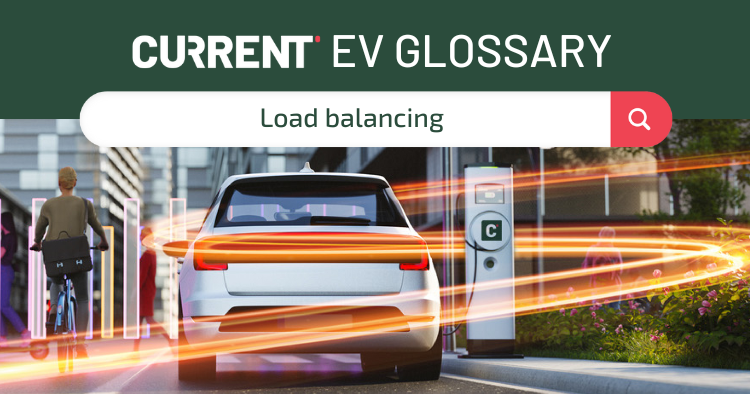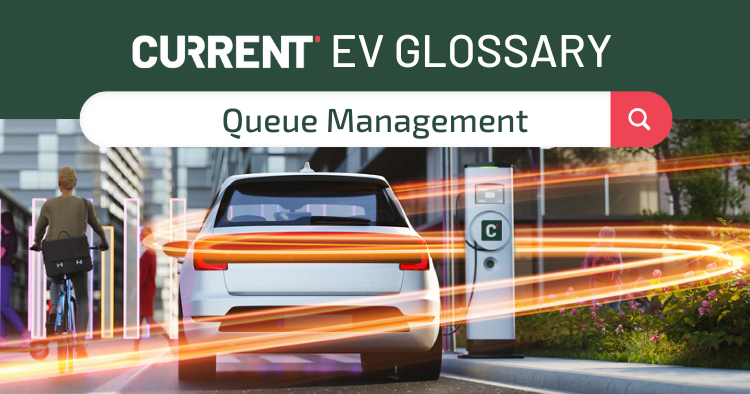Decarbonization
A Quick Overview of Decarbonization
Electric vehicle (EV) sector decarbonization is growing. Reducing carbon dioxide emissions and switching to low-carbon energy sources to control global warming and avert catastrophic climate effects are increasing priorities for many nations. This article explores the role EVs may play in decarbonization, the difficulties of broad adoption, and solutions to address these problems. By understanding these concerns, we can see how EVs might help build a sustainable, low-carbon future.
How EVs Compare to Gas-Powered Cars in Greenhouse Gas Emissions
Electric vehicles (EVs) have the potential to cut greenhouse gas emissions. This section compares EVs to gas-powered cars in terms of emissions and decarbonization.
EVs vs. Gas-Powered Vehicles: A Comparison of Carbon Emissions
EVs have zero tailpipe emissions, making them a low-emissions transportation choice. Electric car manufacturing, especially lithium-ion battery manufacturing, produces greenhouse gases. EVs produce 3,932 lbs. of CO2 equivalent per year, whereas gas cars produce 11,435 lbs. EVs produce less pollution than gas-powered automobiles during their lives. EV emissions may be lowered by charging them using wind or solar power. So, even though an electric car may create more emissions during manufacture, its fuel efficiency means it will have a lower carbon footprint over the course of its life.
Potential for EVs to reduce greenhouse gas emissions and air pollution
EVs help decarbonization by reducing greenhouse gas emissions compared to gas-powered cars. EVs emit around half the carbon emissions of a similar gas-powered automobile, even when charging energy is included. Electric vehicles have no tailpipe emissions, whereas gas-powered cars release carbon dioxide and other pollutants. They also emit much fewer air pollutants, reducing asthma attacks and early deaths. EVs reduce the global greenhouse gas emissions produced and improve air quality.
Challenges to achieving widespread decarbonization in the EV industry
EVs provide several advantages for decarbonization, but mass adoption is difficult. In this part, we'll cover some of the difficulties of mainstream EV adoption and possible solutions.
Limited availability of charging infrastructure
Limited charging infrastructure hinders EV sector decarbonization. While the number of public charging stations has increased in recent years, it's not always convenient for EV users, particularly when driving long distances or living in remote regions. A lack of infrastructure might discourage people from buying EVs. Governments and commercial firms are investing in charging networks to solve this problem, but it will take years before the infrastructure is as solid as petrol stations.
High upfront cost of EVs compared to vehicles powered by fossil fuels
High upfront costs are a major barrier to the broad adoption of EVs. The initial purchase price of an EV may be a barrier for some users, despite cheaper gasoline and maintenance expenses. Some countries provide tax credits or refunds to make EVs more affordable. As technology develops and manufacturing scaled up, EV costs should reduce. Governments and the industry must work together to provide financial incentives and other support measures to speed the transition to EVs.
Dependence on fossil fuels for electricity generation
The EV industry's reliance on fossil fuels for energy production is a key obstacle to decarbonization. According to the Energy Information Administration, fossil fuels accounted for 61% of U.S. power in 2020. The usage of fossil fuels for power generation emits carbon dioxide, methane, and nitrous oxide. These emissions affect air quality and human health and contribute to climate change.
To fully exploit EVs' promise to cut greenhouse gas emissions and air pollution, power production must shift from fossil fuels to renewable sources. Government policy, business investment, and individual effort may accomplish this. By emphasizing renewable energy, we can build a more sustainable and healthier future.
Strategies for Overcoming Challenges and Reducing Carbon Emissions
Various solutions must be adopted to decarbonize the electric vehicle business. These options include government incentives, charging infrastructure investment, and renewable energy transition. Efficient power consumption with software like Current may also help decarbonize.
Government incentives for EV adoption
Government subsidies have helped promote electric vehicle adoption. These include tax benefits, refunds, carpool lanes, and free parking. By introducing incentives, governments may reduce the high initial cost of electric cars and increase their popularity. This may speed the switch to electric cars, reducing greenhouse gas emissions and air pollution.
Investment in charging infrastructure
Expanding charging infrastructure is another significant technique for decarbonizing the EV business. A robust network of charging stations is needed to handle the growing number of electric cars. This covers public and private chargers in homes and businesses. Governments and private enterprises may encourage more people to transition to electric vehicles by investing in charging infrastructure.
Transition to renewable energy sources for electricity generation
Transitioning to renewable energy sources for power production is another electric vehicle decarbonization method. The source of an electric vehicle's charging power determines its carbon impact. By using solar or wind electricity to charge electric vehicles, we can cut carbon emissions. Policies like renewable energy subsidies or rules requiring a particular amount of power from renewable sources may promote this shift.
Efficient use of electricity through software like Current
In addition to the foregoing initiatives, power efficiency may help decarbonize the electric vehicle sector. Software, such as Current's charge point management system, optimizes energy utilization in commercial and industrial buildings. Using such software, firms may minimize energy use and carbon emissions, easing the transition to electric cars.
Conclusion
Decarbonizing the electric vehicle business is vital. EVs may reduce greenhouse gas emissions and air pollution, but broad adoption is still a barrier. Government incentives, charging infrastructure investment, and renewable energy transition may assist expedite EV adoption. To learn more about decarbonization and EVs, see our glossary or contact us.



